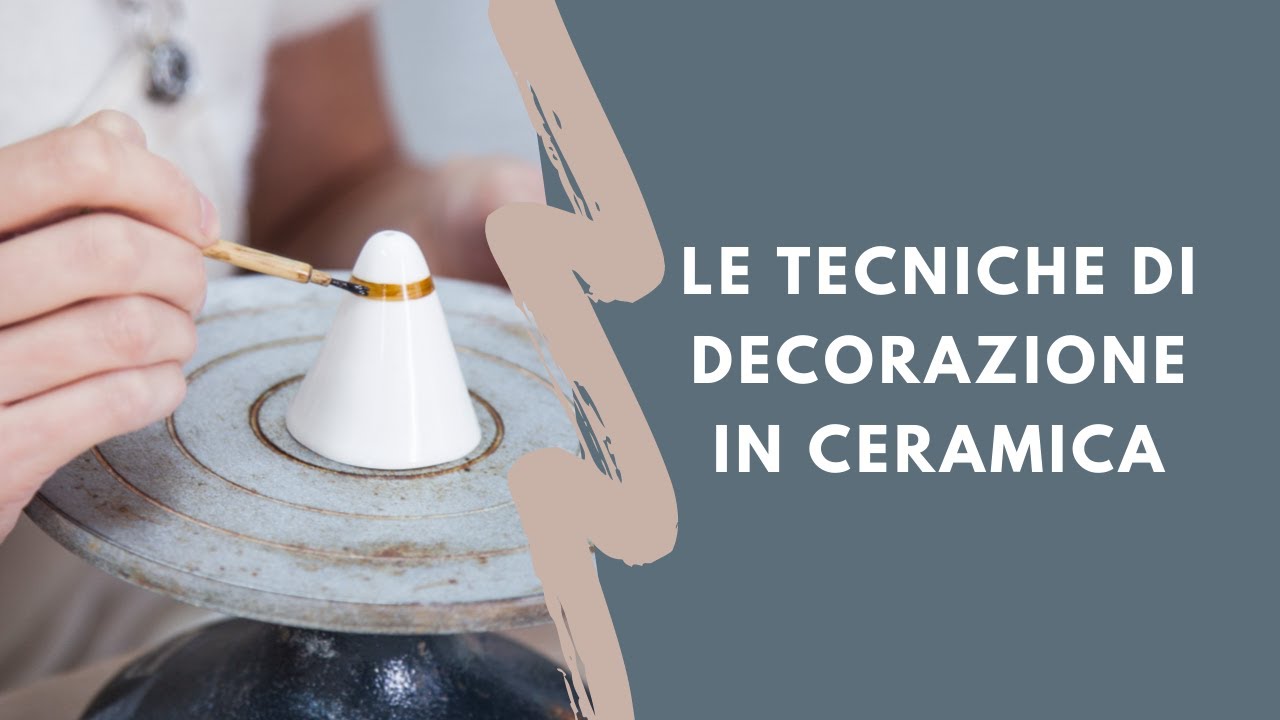23.13 Name clay and tools, and Information for clay types and temperatures
Summary
TLDRThis video provides a comprehensive guide for beginner ceramic artists, covering essential topics like labeling clay and tools, understanding the significance of cone numbers (04, 6, 10), and the different types of firing processes. It explains how to properly care for tools to prevent mold growth, the importance of temperature control during firing, and the differences between earthenware, stoneware, and porcelain. The instructor also clarifies the steps of bisque and glaze firing, offering practical tips and insights into specific firing techniques like pit firing and decal firing. Overall, it's a thorough introduction to ceramics with a focus on safety, organization, and basic firing knowledge.
Takeaways
- 😀 Label your tools and clay with your name to avoid confusion or loss.
- 😀 The triangle symbol 'Kong' (Cone) indicates specific firing temperatures, important for ceramics.
- 😀 Always store your ceramic tools in a breathable container (like a cardboard box) to prevent mold growth.
- 😀 Ceramics tools made of wood can harbor bacteria and mold if stored in sealed, non-breathable containers.
- 😀 Understand the firing temperature for different clay types: Cone 04 (earthenware), Cone 6 (stoneware), and Cone 10 (high-fire).
- 😀 Low-temperature firing (Cone 04) is around 1050°C, which is still hotter than a typical home oven.
- 😀 Bisque firing and glaze firing are the two main stages in ceramics firing.
- 😀 Avoid overfiring—pay attention to cone positions during firing to ensure the clay doesn't get too hot.
- 😀 Secondary firings like decal or overglazing may be done at lower temperatures (around 720°C).
- 😀 When applying decorations like gold or silver, ensure they are only used on the exterior of ceramic pieces for safety.
- 😀 Decals are a way to transfer designs onto ceramic pieces after glazing, followed by a low-temperature firing.
Q & A
Why is it important to label your clay and tools?
-Labeling your clay and tools with your name ensures that your items are easily identifiable, preventing mix-ups and loss. It also helps studio staff return items to their rightful owner if they are misplaced.
What is the significance of the triangle symbol 'Kong O4' on the clay?
-'Kong O4' is a symbol indicating that the clay is earthenware, specifically designed for low-temperature firing (around 1050°C). It helps distinguish the clay body and its appropriate firing temperature.
Why should you store your tools in a cardboard box instead of a plastic one?
-A cardboard box allows your tools to 'breathe,' reducing the risk of mold growth. Plastic boxes can trap moisture, which can lead to bacterial growth and mold on your wooden tools.
What happens if mold grows on your tools?
-If mold grows on your tools, it can affect both the hygiene of your workspace and your health. Mold can lead to respiratory issues when inhaled, and can also degrade the condition of your tools over time.
What is the purpose of using different cone numbers in ceramics?
-Cone numbers are used to indicate the firing temperatures required for different types of clay bodies. They help ensure that the ceramic pieces are fired at the correct temperature for optimal results, whether for bisque or glaze firing.
What is the difference between bisque firing and glaze firing?
-Bisque firing is the first firing process that hardens the clay body, making it durable and porous enough to absorb glaze. Glaze firing is the second firing, where glaze is melted onto the ceramic surface at a higher temperature to create a finished piece.
What is the typical temperature range for **Cone 04** and what type of clay is used?
-Cone 04 refers to a firing temperature of around 1050°C and is typically used for earthenware clay, which is a low-temperature clay body.
How do artists achieve vibrant colors like red, yellow, or orange in ceramics?
-Vibrant colors such as red, yellow, and orange are often difficult to achieve at high temperatures, so artists may use techniques like **china painting** on glazed pieces, followed by a lower-temperature firing to fix the color.
What are some examples of materials that require low-temperature firing in ceramics?
-Materials like **gold**, **silver**, **mother of pearl**, and **china paints** are often used for decoration and require low-temperature firings. These materials are delicate and can wear off with regular use, so they should only be applied to the outside of ceramic pieces.
Why is it important to understand firing temperatures and cone numbers in ceramics?
-Understanding firing temperatures and cone numbers is crucial for selecting the right clay and glaze combinations. It helps ensure that pieces are fired properly, with the correct results in terms of durability, color, and finish.
Outlines

This section is available to paid users only. Please upgrade to access this part.
Upgrade NowMindmap

This section is available to paid users only. Please upgrade to access this part.
Upgrade NowKeywords

This section is available to paid users only. Please upgrade to access this part.
Upgrade NowHighlights

This section is available to paid users only. Please upgrade to access this part.
Upgrade NowTranscripts

This section is available to paid users only. Please upgrade to access this part.
Upgrade NowBrowse More Related Video

Da argilla a ceramica - La trasformazione in cottura

Alumina Ceramics: The Complete Guide (2021 Update)

Rifinitura a Secco - Scuola Ceramica Online

O que é uma variável? Venha conhecer o mundo da programação!!!

How to Trim Pots — Tips and Tricks — A Beginner's Guide

Panoramica delle tecniche di decorazione principali in ceramica
5.0 / 5 (0 votes)